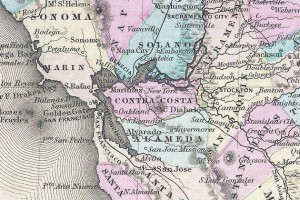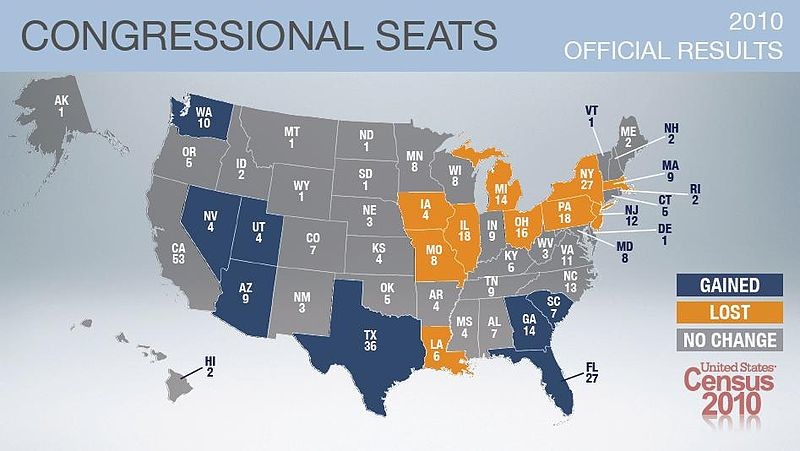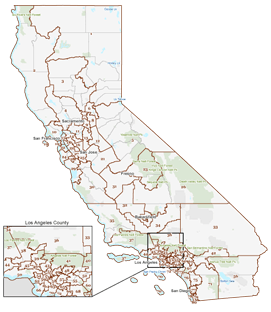Welcome to the wild world of redistricting.
We're in the heat of election season, so you've likely heard it mentioned a bunch recently. But how exactly does redistricting work? And, more importantly, why should you care?
Redistricting can be a pretty confusing process, and because it's so complicated, a lot of voters don't know much about it, or how it applies to them. But it has a pretty major impact on the power balance of our political system, and on how much your vote ends up counting on election day.
Keesha Gaskins from the Brennan Center for Justice puts it this way:
"How we elect our representatives is how we run our government. America is a representative democracy, which means how we put those representatives in office is absolutely essential to how our democracy works."
The basic gist
The basics of redistricting are actually fairly straightforward. At its root:
- Redistricting is the process of drawing new electoral district boundaries - throughout the United States - so that each voting district has roughly the same size population.
- The U.S. Census Bureau counts the nation's population at the start of every decade.
- Shortly thereafter, each state is required to go through the process of redrawing its electoral maps based on the new population data. Because the population of any given area can change significantly over the course of a decade, states have to redraw district lines to make sure they have roughly the same number of people.
- After census data is released, some states end up gaining or losing congressional seats based on changing population size. It's a process is called reapportionment. The Census Bureau has a good explanatory animation of reapportionment works.
- The twist though, is that while there are certain federal redistricting requirements that have to be followed - including those specified in the U.S. Constitution and the Voting Rights Act - each state chooses its own method for how to redraw the lines of its districts and, more importantly, decides who gets the authority to control that process. California's process, for instance, is completely different from, say, Texas or New York. And that's where things can start to get really tricky.
- Currently, 34 states allow the state legislature to redraw electoral district maps.
This is a good quick animation on how redistricting works (it's from a documentary called "Gerrymandering")


